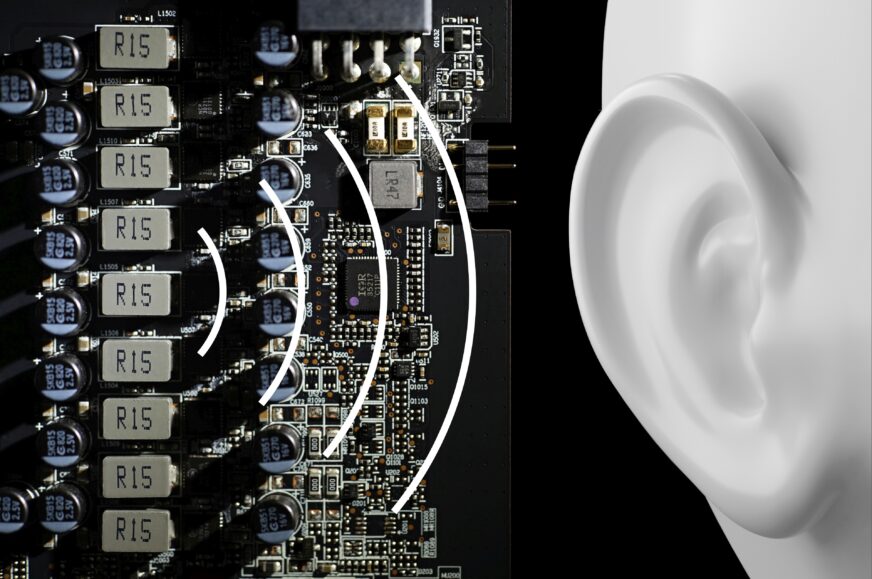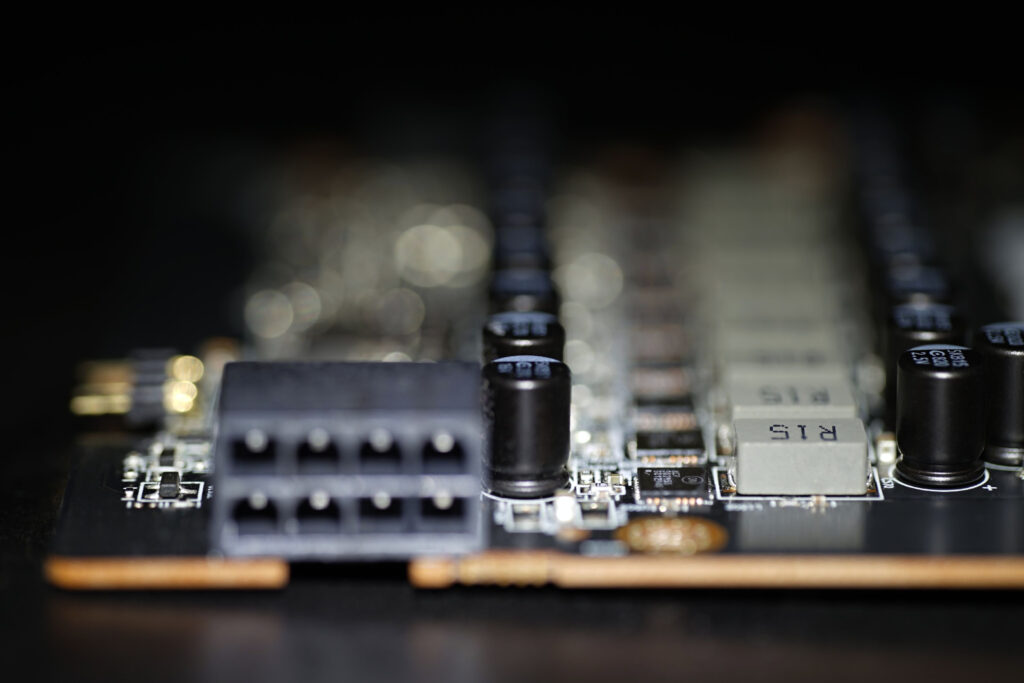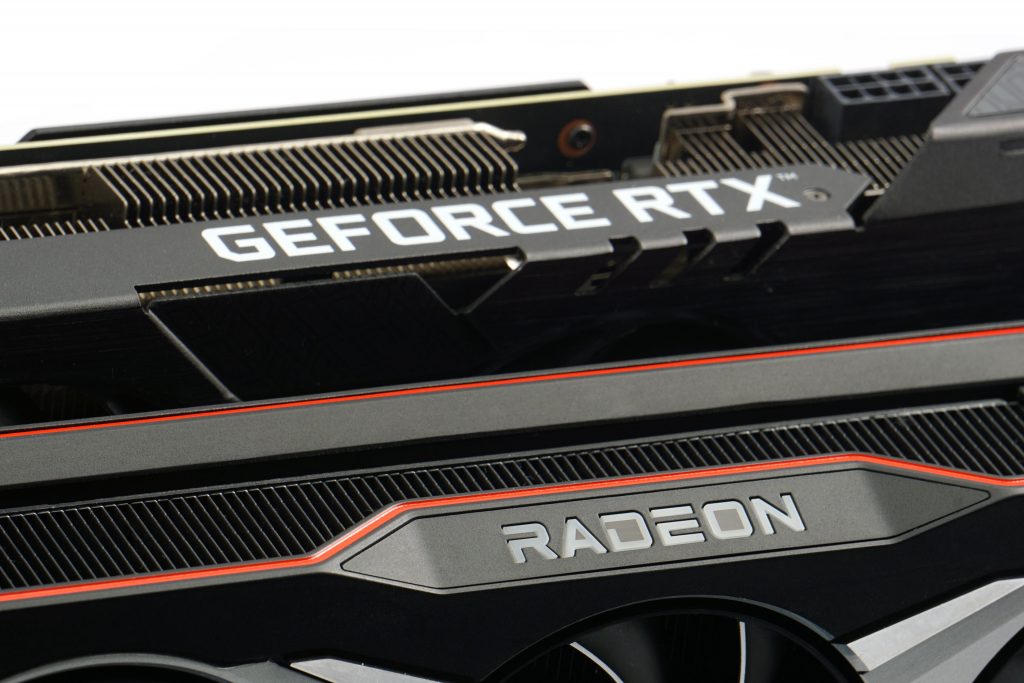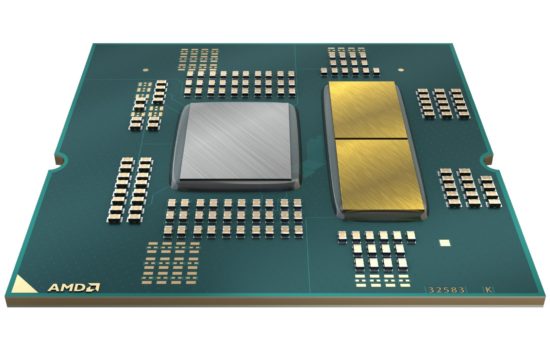Focus on coil whine
The number of graphics cards tested over the recent period has reached a number after which we can pause a bit and specifically focus on the noise level of their coils. The latter has always been recorded in standard measurements, but in large tests with lots of other information, this unique data was getting lost. That is why it will now, within the scope of this article, be limited to these only. So which of the modern graphics cards has the quieter coils?
Graphics card coil whine. A much debated topic, but often shrouded in many ambiguities and distorted conclusions by individuals. This is, among other things, because of the fact that sound is subjectively perceived differently by everyone.
What is “quiet” to one person is judged as “noisy” by another, and then there is sometimes a misattribution of the annoying sound to the graphics card coils, when the source of the sound is something else. A common claim is then also that “the graphics card coils stopped whining after the PSU was replaced”. We addressed this in tests of 12 different PSUs running in combination with three different graphics cards. And you can judge for yourself how much dependence there is on the PSU used from the gallery of sound spectrograms, whose shape doesn’t really vary that much.
Sure, someone may argue that a “pure sine wave” has been fed to the PSUs, which is an unrealistic situation in practice, and the voltage is always noisy to some degree. However, if we accept that the most significant impact on the intensity of the coil whine could possibly be the qualitative characteristics of the electrical network, then what helped to a quieter result for one user may even harm another (and lead to a different, less pleasant – subjectively higher – noise level). In any case, with these tests behind us, we can safely conclude that if the coils have any acoustic characteristic with PSU A (and can be described as “noisy”), it is likely to be very similar with PSU B. And it should perhaps be no different in lower-end PSUs than in the main sample of models, ATX 3.0 with 80Plus Gold. The pattern of behavior does not change even with cheap PSUs.
In addition, the coils acoustically operate over a relatively wide range of higher frequencies and it is unlikely that the frequency of the input voltage noise could affect multiple frequencies of sound. There may be an effect on some, but the overall acoustic response will not change much.
Based on the above, we conclude that if “some” graphics card in “some” situation with “some” PSU (ATX) experienced “some” coil whine, then a comparable situation will also be achieved with another PSU. And thus we can conclude that the coil whine of the selected graphics card is generally of “some” level. To elaborate on this in detail, whether noisier, less noisy or quiet, you are already walking on a very thin line. The reason for this is that everyone evaluates the same sound differently because they are equipped with different auditory receptors. Sound at very high frequencies that is unbearable for someone may be “okay”, quiet enough for another. The key is who is sensitive to what frequencies of sound. But then, of course, there is also something like “measured noise levels” at specific frequencies, and that’s what it’s going to be about now.
One scene is not enough…
Since the coil whine varies over time, or scene to scene, and we are using “only” two-dimensional spectrographs, we test in five different situations. At 2160p in F1 2020, Shadow of the Tomb Raider (SOTTR) and in CS:GO. For Counter-Strike, we then have one more test scene at a lower resolution of 1080p. The visual settings are following the standard methodology for graphics card tests. In addition to the game tests, we also analyse the coil whine in Blender (with the Cycles renderer, the Classroom render). This is the fifth and last situation based on which we will draw conclusions.
… and how we test
The techniques we use to measure can be found in the standard graphics card tests. Particularly important for the purposes of these tests is the chapter on noise measurements. In it, you can also read the details on sound frequency response recording.
The spectrograms, which were primarily obtained for the overall sound of the graphics cards (i.e. including the aerodynamic component), are now cropped to cover the coil whine band (4 to 20 kHz, although in some cases the aerodynamic sound of the cooler extends into this band depending on the cooler design). And although the description of each axis is missing for the reason (cropping) mentioned above, the X-axis shows the sound frequency (in kHz) and the Y-axis the noise level (in -dBu). This is just to clarify, so that you don’t have to guess, speculate and to be clear about things. Noise in the spectrograms is represented by the color blue. The more noise there is at a given frequency, the higher its bar/value. The critical, very noisy, ones are naturally the peaks that greatly exceed the other tones.
All the spectrograms are concentrated in the following chapters, where each one covers one situation as they were described in the text above. We have chosen the order according to the noise level of the coils, which we measure with a noise meter, but only in CS:GO (1080p). Thus, the noise level may be ascending, but it may not always be the case that each successive graphics card has noisier coils. After all, we have those five different situations here, and the ordering is only according to one.
Almost all of the graphics cards we’ve tested over the past 3.5 years or so are in these coil tests. The only one you won’t find is the Asus GT 1030 SL 2G BRK, for which different, specific (and thus incomparable) conditions have been created with respect to its low performance.
The article continues in the following chapters. Gradually, through the results with a gallery of spectrograms (and tables of dominant sound frequencies), you will come to a conclusion with a concise interpretation of what we have found.
- Contents
- Focus on coil whine
- Situation 1: F1 2020 (2160p)
- Situation 2: Shadow of the Tomb Raider (2160p)
- Situation 3: CS:GO (2160p)
- Situation 4: CS:GO (1080p)
- Situation 5: Blender@Cycles, Classroom
- Conclusion














So, there are now additionally spectrograms with the scale and the Y axis label (with the noise level) in the article. Thanks to “the patient” for adding it quickly. 🙂